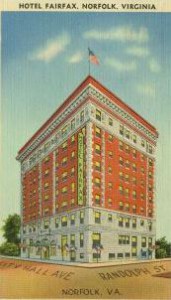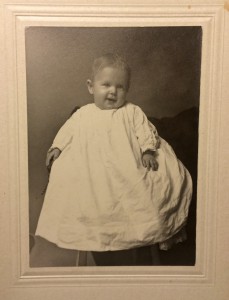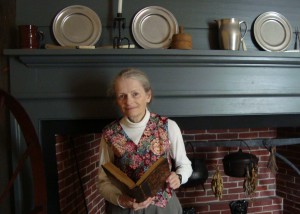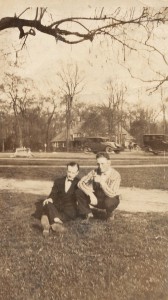 Expectations are tricky. As genealogists, we should always be on the look-out for new information, recognizing that the data sought may be in a different location, or format, or offer different content than we had expected.
Expectations are tricky. As genealogists, we should always be on the look-out for new information, recognizing that the data sought may be in a different location, or format, or offer different content than we had expected.
Lately, as I’ve mentioned, I have been playing around with Google searches. A few days ago, I thought I might look for information about my maternal grandfather’s father, a man I’ve grown used to knowing very little about. His name was John Frank Bell (1878-1944), and he managed hotels in Norfolk, Virginia. He was married twice, to my great-grandmother Minnie Estelle Jackson (1876-1935) and to a woman my grandfather always referred to as Marjorie Feller. In my previous research on this second marriage, I had found a woman who seemed to fit the bill, a Marjorie Feller Jarman (1899-1995) who was twenty years Frank Bell’s junior and actually outlived her stepson, who died in 1994. Continue reading Changing my expectations, one search at a time →
 One fall weekend in 2008 my wife, Karen, and I were visiting her parents at their home on Long Island. After dinner one evening, my mother-in-law asked if I might like to see a collection of journals kept by her maternal grandfather, Glenn Welmer Douglass (1884–1968), a Methodist minister from New England.
One fall weekend in 2008 my wife, Karen, and I were visiting her parents at their home on Long Island. After dinner one evening, my mother-in-law asked if I might like to see a collection of journals kept by her maternal grandfather, Glenn Welmer Douglass (1884–1968), a Methodist minister from New England.




